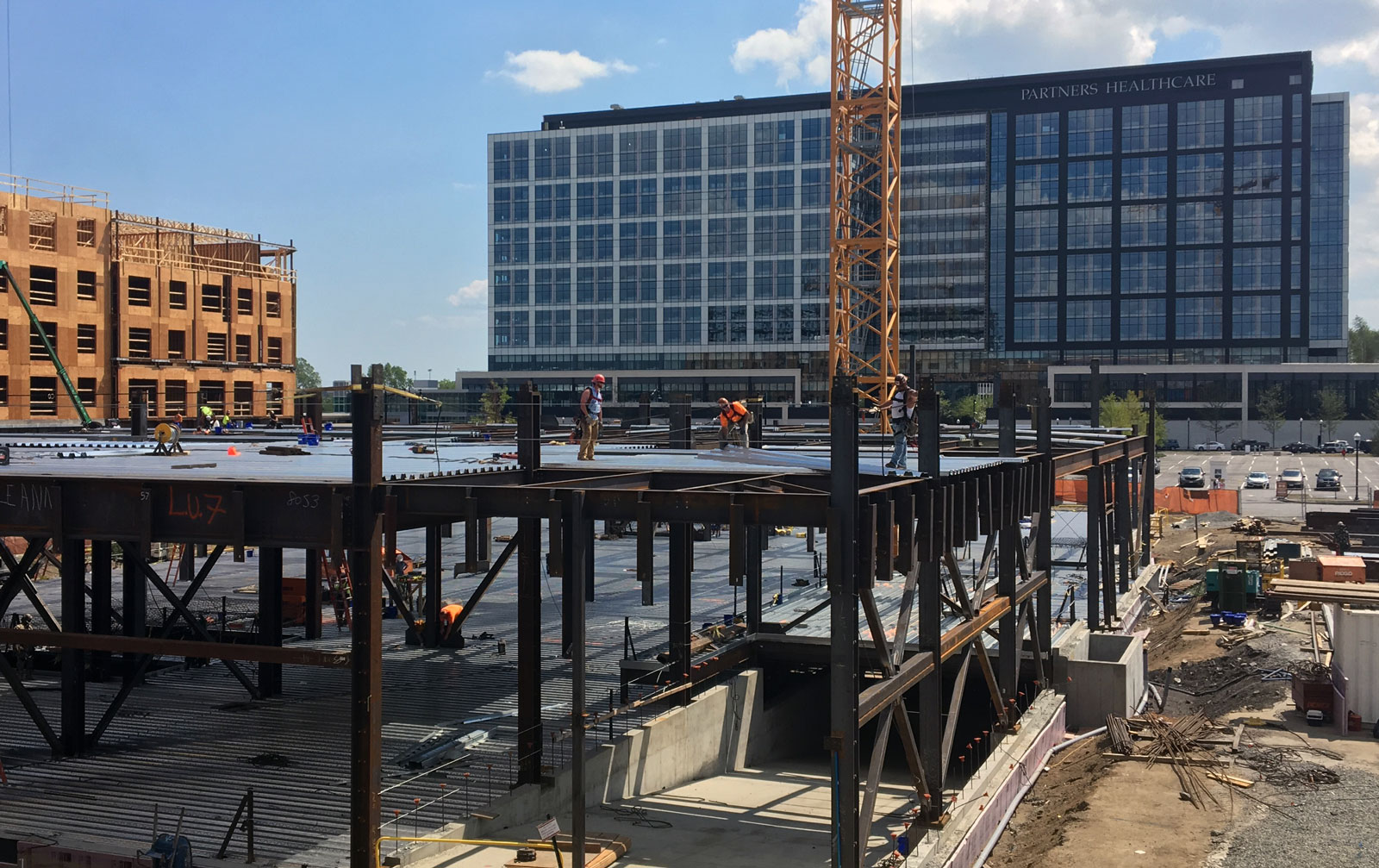The ordinance makes the following changes to the way that demolitions are reviewed in Somerville:
1. The ordinance establishes a more straightforward operating system:
a) The ordinance has been replaced and rewritten with an organizational process that allows for anybody reading the ordinance to understand how it works.
b) Definitions have been updated and clarified.
c) Timelines for key decisions are updated, to ensure timely filing of decisions.
2. The ordinance updates metrics and thresholds to capture important priorities:
a) The term ‘demolition’ is defined to include serial and partial demolition.
b) The ordinance is triggered when any project including demolition is submitted for a building permit or for zoning review.
c) The demolition moratorium period is extended to be either 12 or 24 months, depending upon the structure that is being reviewed.
d) The building age that triggers HPC review is changed from 50 to 75 years
e) Abutter notification areas are increased to 300 feet
f) If an individual violates the ordinance and demolishes a building, the delay before they can build a new structure is extended from two years to three years.
3. The ordinance is calibrated to SomerVision:
a) The ordinance identifies a set of transformational areas of the city as ‘exempt areas’, expanding the current list (Assembly Square and Innerbelt) to include additional areas (portions of Brickbottom, Boynton Yards, the development blocks in Union Square, the twin city mall and any city-‐owned structure)
4. The ordinance provides clear guidance for the HPC:
a) Provisions are added to establish how the HPC determines a building preferably preserved
b) The ordinance permits the HPC to place some conditions on a decision that a building not be preferably preserved.
c) If an applicant indicates that structural conditions require them to take the building down, they will be required to provide a structural survey, and the Commission may hire a peer reviewer to look over that survey and provide comment.
d) If an applicant indicates that financial hardship requires a demolition, the Commission may request additional information to verify this hardship.
e) The ordinance permits the HPC to delegate a determination that a building is not significant to staff in the case of small outbuildings.
f) The ordinance permits the HPC to establish rules and regulations to establish how they will manage their hearing process.
g) If a building is deemed preferably preserved, the ordinance formalizes the current process of doing monthly meetings with Preservation Staff and a subset of HPC members to work out alternatives to demolition or conditions of demolition.

